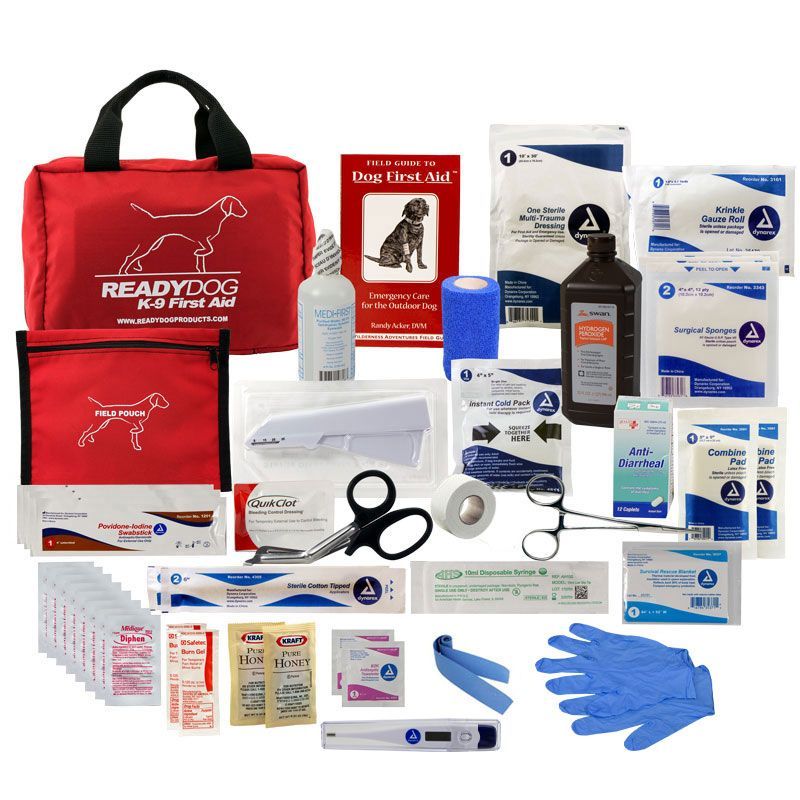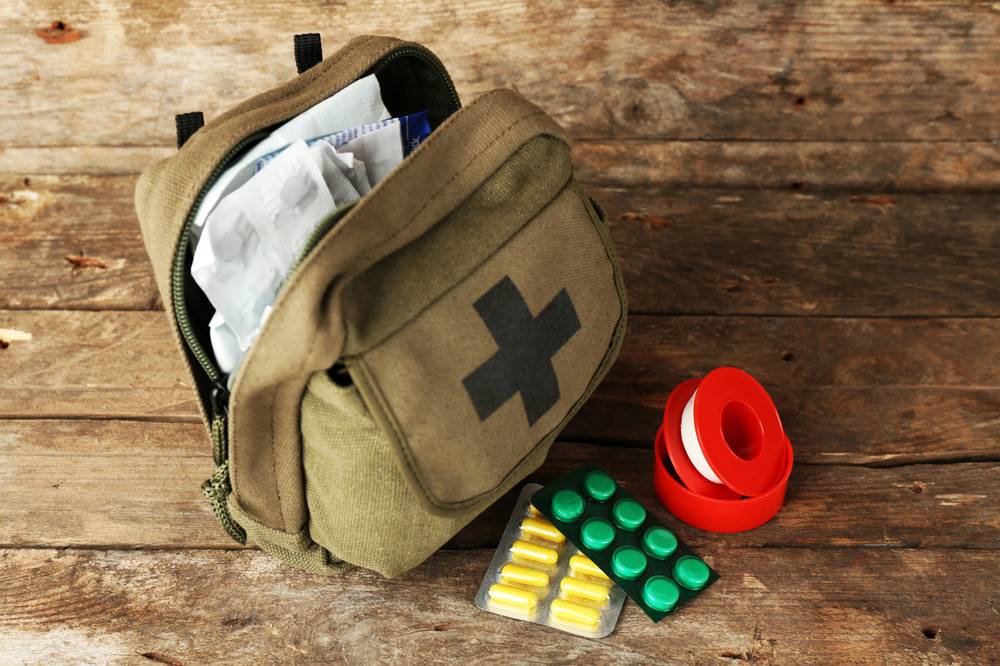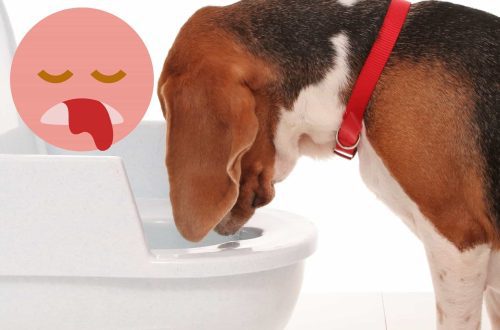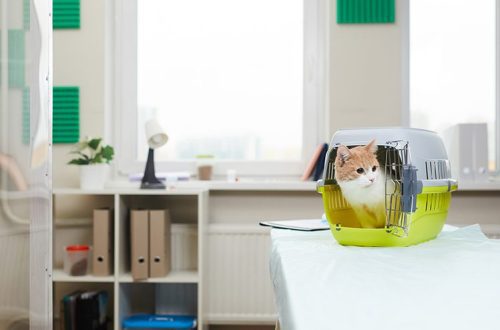
Veterinary first aid kit for a dog owner

Do not forget that the first aid kit is intended only for emergency assistance. In most cases, having provided first aid, it is necessary to consult a veterinarian.
What should be in the first aid kit?
Battery operated flashlight A flashlight will help you get a better look at your dog, as well as check pupil reaction when fainting.
Scissors with narrow blades With their help, you can gently cut the hair between the fingers or around the wound.
Antiseptic For these purposes, chlorhexidine is best suited. Unlike hydrogen peroxide, it does not irritate the skin, so the dog will be less worried.
Saline in sterile packaging Saline can be used to wash wounds, eyes, or mouth.
rubber band It can help stop bleeding from deep wounds. Remember: if you do not know how to properly apply a tourniquet, it is better not to do it yourself, so as not to harm the pet even more.
Antibiotic ointment For example, Levomekol.
Special collar It is worn around the neck so that the pet cannot lick the wound on the body or comb the wound on the head.
Ammonia It will help bring the pet to consciousness in case of fainting.
Antihistamine (anti-allergic) drug Suprastin is best for injection.
Dressings Bandages, sterile gauze pads, paper band-aid, latex gloves (so as not to infect the wound).
Heating pad and cooling gel
dog cosmetic bag
In addition to the first aid kit, care tools should also be on hand.
Shampoo, conditioner, protective ointment for paws (preserving them from cold and reagents), brush, comb, terry towels and, if necessary, a hair dryer – this is the minimum that should be.
The rest of the funds are selected, taking into account the breed and coat of the pet:
- For the care of long-haired dogs, a detangling spray is useful;
- Wirehaired dogs need to be trimmed. For this procedure, you need a special tool – a trimming knife, but you need to learn how to use it;
- There is also a simpler tool – the furminator. It helps a lot during shedding. With it, dead undercoat is removed, but you should not use it on long hair.
7 2017 June
Updated: July 18, 2021





